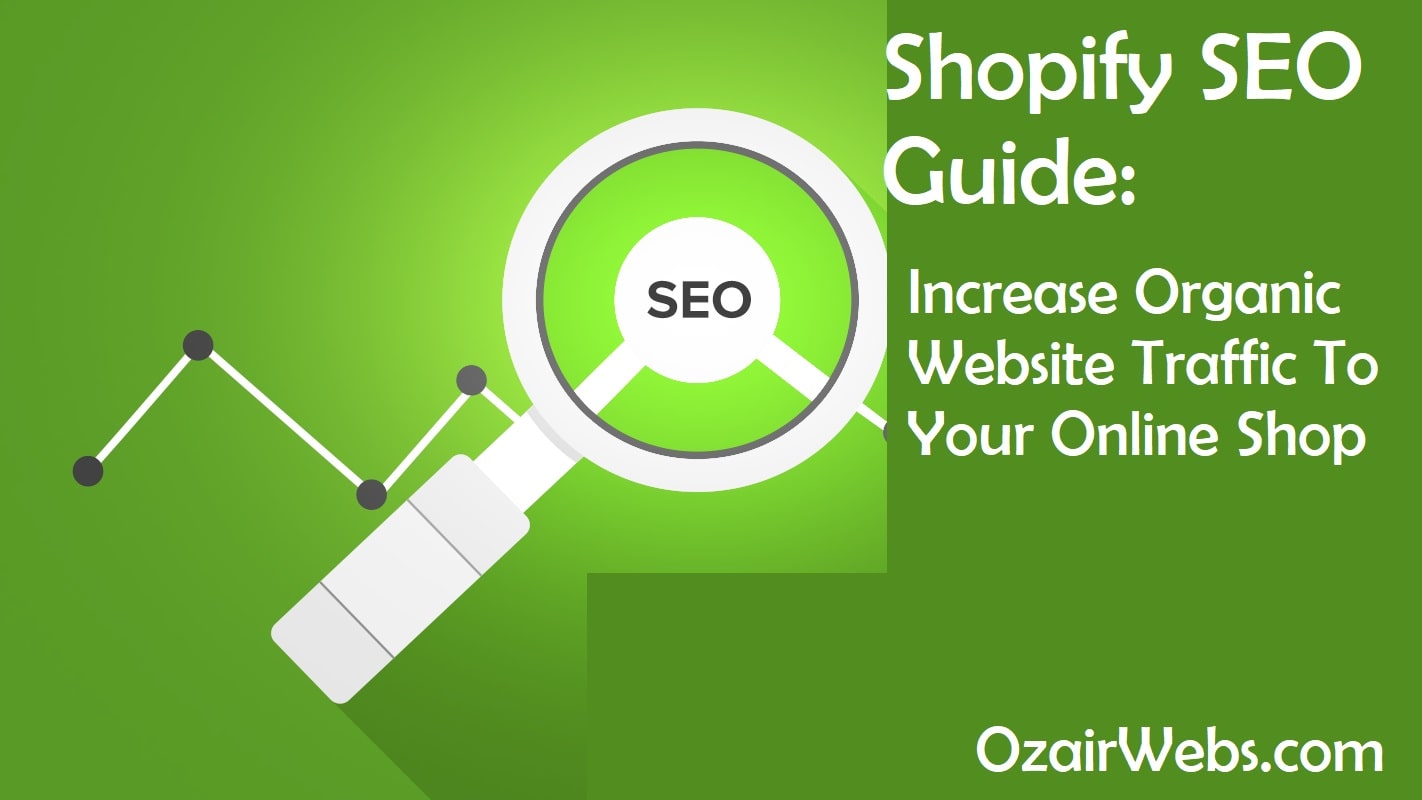Shopify has emerged as a leading e-commerce platform, empowering entrepreneurs to create and manage their online stores with ease. However, attracting organic traffic and standing out among competitors is essential for online success.
This Shopify SEO guide will help you optimize your store for search engines, increase organic website traffic, and drive sales, complete with outbound links, examples, tips, and Google SEO terms specific to Shopify.
1. Keyword Research
Perform thorough keyword research to identify relevant and high-traffic keywords for your products and store. Use tools like Google Keyword Planner , Ahrefs , and SEMrush to find keywords that align with your target audience’s search intent.
2. Optimize Product Titles and Descriptions
Incorporate target keywords into your product titles and descriptions while ensuring they are compelling and informative. Avoid keyword stuffing and focus on providing value to your customers. For more information, refer to Shopify’s guide on writing product descriptions .
3. Optimize URLs
Create clean, descriptive, and keyword-rich URLs for your product pages, collections, and blog posts. Shopify automatically generates URLs based on your page titles, but you can edit them for better optimization. Learn more about customizing URLs in Shopify here .
4. Optimize Meta Titles and Descriptions
Write unique meta titles and descriptions for each page on your store, incorporating relevant keywords. These elements are displayed in search engine results and play a crucial role in attracting clicks. To edit meta information in Shopify, follow this help article .
5. Optimize Images
Optimize your product images by using descriptive file names, incorporating alt tags, and compressing images to improve page load times. Shopify automatically generates alt tags, but you can edit them for better optimization. Refer to this Shopify guide on image optimization for more details.
6. Use Heading Tags
Organize your content using heading tags (H1, H2, H3, etc.), ensuring that your main target keyword is included in the H1 tag. This structure helps search engines understand your content better and improves readability.
7. Improve Site Speed
Fast-loading websites are favored by search engines and enhance user experience. Optimize your site speed by compressing images, using a fast and reliable hosting service, and removing unnecessary apps or plugins. Test your website speed using tools like Google PageSpeed Insights or GTMetrix .
8. Implement Schema Markup
Schema markup helps search engines understand your content better and can lead to rich snippets in search results. Shopify themes typically include basic schema markup, but you can enhance it using apps like Smart SEO or JSON-LD for SEO .
9. Build Quality Backlinks
Acquire high-quality backlinks from reputable websites to improve your domain authority and search engine rankings. Strategies for building backlinks include guest blogging, influencer collaborations, and PR outreach.
10. Optimize for Mobile
Ensure your Shopify store is mobile-friendly, as search engines prioritize responsive websites in their rankings. Choose a mobile-responsive theme and test your site’s mobile performance using Google’s Mobile-Friendly Test .
11. Create Valuable Content
Develop a content strategy to create high-quality, informative, and engaging blog posts relevant to your target audience. Incorporate keywords naturally and focus on providing value. Consistently publishing valuable content can improve your organic traffic and establish your brand as an authority in your niche. For content marketing tips, check out Shopify’s guide on content marketing .
12. Leverage Social Media
Promote your content and products on social media platforms to increase brand visibility and drive traffic to your store. Engaging with your audience on social media can also improve your brand’s credibility and trustworthiness.
13. Monitor and Analyze Your SEO Performance
Regularly track and analyze your store’s SEO performance using tools like Google Analytics and Google Search Console . Identify areas of improvement, adjust your strategies accordingly, and stay informed about the latest SEO trends.
14. Use Shopify SEO Apps
Leverage Shopify’s ecosystem of SEO apps to optimize your store further. Popular options include SEO Manager , Plug in SEO , and Smart SEO . These apps can help you automate various SEO tasks and provide valuable insights to improve your store’s visibility.
15. Stay Informed About Google SEO Updates
Keep up-to-date with the latest Google SEO updates and best practices to maintain and improve your store’s search engine rankings. Follow reputable sources like Search Engine Journal and Moz for the latest news and insights.
Conclusion:
Optimizing your Shopify store for search engines is essential for driving organic traffic and boosting sales. By implementing these tips and staying informed about the latest SEO trends, you can improve your store’s visibility and outperform your competitors. Remember that SEO is an ongoing process, and regularly monitoring and adjusting your strategies will help you achieve long-term success in the competitive world of e-commerce.





